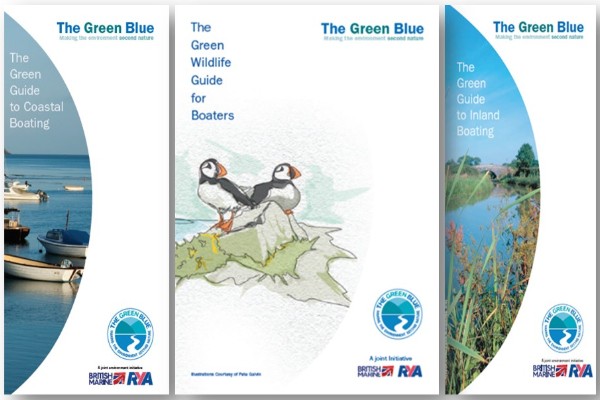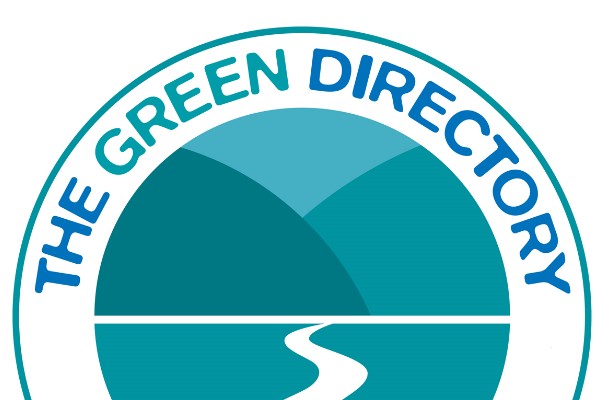Blackwater
WHAT IS THE ISSUE?
With more and more of us taking to the water each year it is important we all know how to deal with our waste in a responsible manner. It is no longer acceptable to pump waste out whenever and wherever it suits and it is our responsibility to consider the effects this may have on the surrounding environment.
Blackwater discharges from vessels are likely to reduce over time, as since 2016 the Recreational Craft Directive (RCD) has required all new vessels to have provision for a holding tank to be fitted by manufacturers.
Levels of sewage input from recreational craft are thought to be relatively small compared to direct inputs from sewage treatment works but the effects can still be serious, especially when boats are in higher concentration within an area e.g. popular sailing spots or during large on water events.
Impacts of raw sewage discharge:
- Unsightly and can smell
- A serious public health risk if ingested by other water users due to the bacteria content e.g. E-Coli
- Adversely affects shellfish beds
- Depletes oxygen levels in the water as it decomposes
- Leads to eutrophication through nutrient enrichment of the water, resulting in algae blooms that block out sunlight and deplete oxygen levels in the water when the algae decomposes – preventing other aquatic species from surviving.
- If chemicals are used to clean the heads, this can enter open water causing further water pollution.
It is therefore our responsibility as recreational boaters to be aware of the rules regulating the disposal of waste and sewage as well as go beyond this by adopting environmental and health best practice.
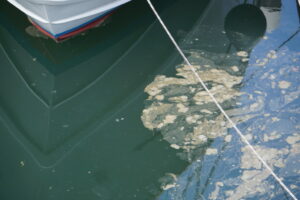
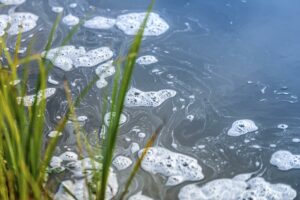
WHAT CAN I DO?
Onshore facilities:
- Use land based facilities wherever possible.
- Always use pump out facilities or sewerage facilities to dispose of black water. Find out where your nearest pump out facility is by using The Green Blue’s Environmental Facilities Map.
- Choose or encourage your marina, boatyard or harbour to install a pump out facility for boaters to use.
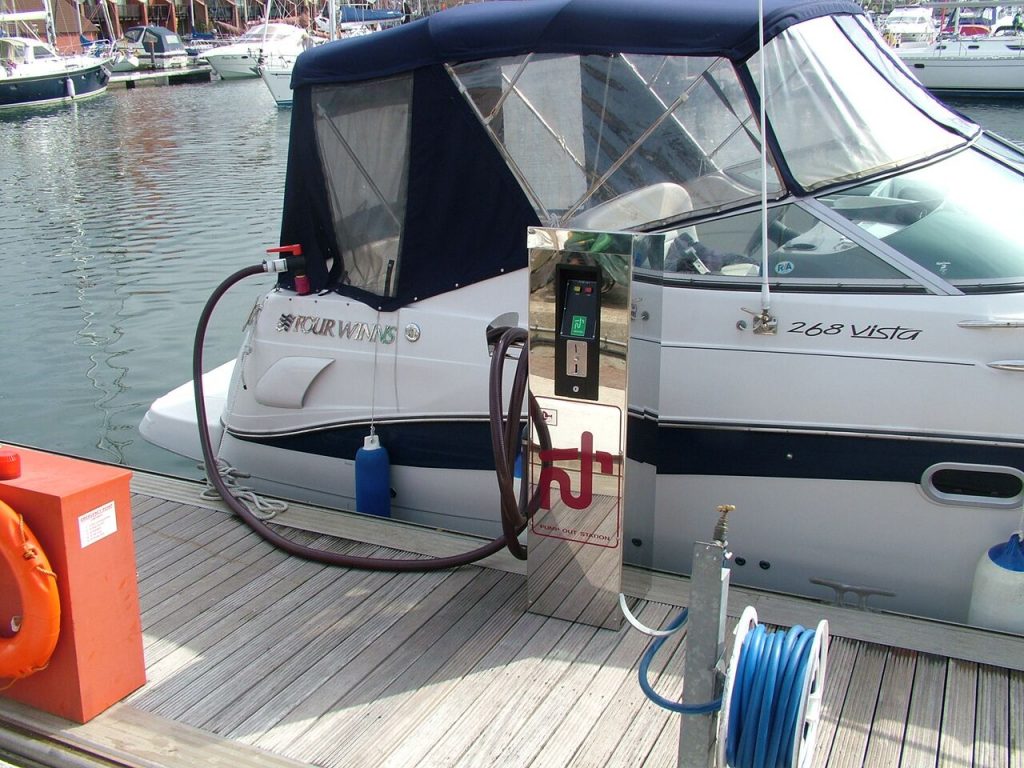
Discharging into open water:
- Only use sea toilets in open sea where waste will be quickly diluted and dispersed. Try to discharge more than 3 miles off the coastline.
- Avoid discharging in areas of poor tidal flushing, such as marinas, or where there are shellfish beds.
- Consider other water users and avoid discharging sewage in areas where there are other water users, such as bathing beaches.
- Always give consideration to environmental sensitivity of the area before using your sea toilet. For example are you located in a protected area?
On-board facilities:
- Boats complying with the inland waterways Boat Safety Scheme must have valve fitted to any overboard discharge lines.
- Use a closed toilet system such as a holding tank or chemical toilet.
- Composting toilets are a great idea to cut down on waste and chemicals, but please dispose of blackwater at facilities rather than discharging to water or depositing on land.
- Fit a holding tank. It is law in some European countries and required when using inland waterways that adjoin coastal waterways in the UK e.g. the Caledonian Canal, Scotland. If fitting a holding tank install a system which complies with BS EN ISO 8099. Fitting a holding tank will allow you to hold onto black water until you are in open water where you can follow the best practice guidance on discharging below.
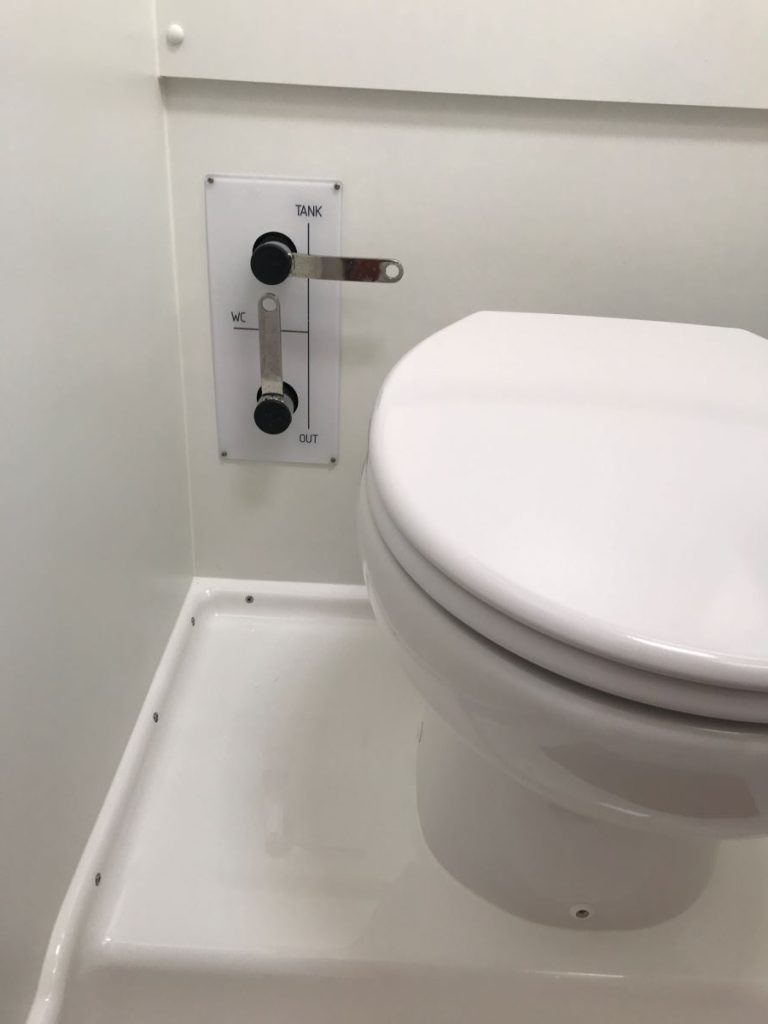
REGULATIONS
INLAND WATERWAYS
Sewage discharge is prohibited by law on inland waterways in the UK. The Canal & River Trust provides an interactive pump out facility map.
COASTAL
Regulations regarding the discharge of sewage are gradually increasing, however as yet there is no international convention which requires private pleasure craft to retrofit a holding tank, with the application for the latest wording for MARPOL (Marine pollution) chapter IV, only applying to vessels which exceed 400GT or carry more than 15 passengers.
There are however many other countries where direct overboard discharge of sewage is prohibited by the authorities. The provision of holding tanks of sufficient capacity to store waste for discharge to shore facilities may be needed for a vessel to comply with legislation in these countries.
Although no specific provisions are made for smaller pleasure vessels in the UK, it is important to consider the impact of discharging raw sewage from a sea toilet or holding tank into the sea. It is best practice to use onshore toilets where available and install a holding tank. A holding tank will enable you to either pump out your blackwater at onshore facilities – to locate pump out facilities around the UK coastline and inland please visit our Environmental Facilities Map.
If you are in an area where there might be limited pump out facilities, a holding tank will enable you to hold onto your black water until you are away from areas close to the shore and used by other water users e.g. swimmers and dinghy sailors, or from enclosed areas where there is low water flow e.g. marinas, inlets, sheltered waters, before discharging.

